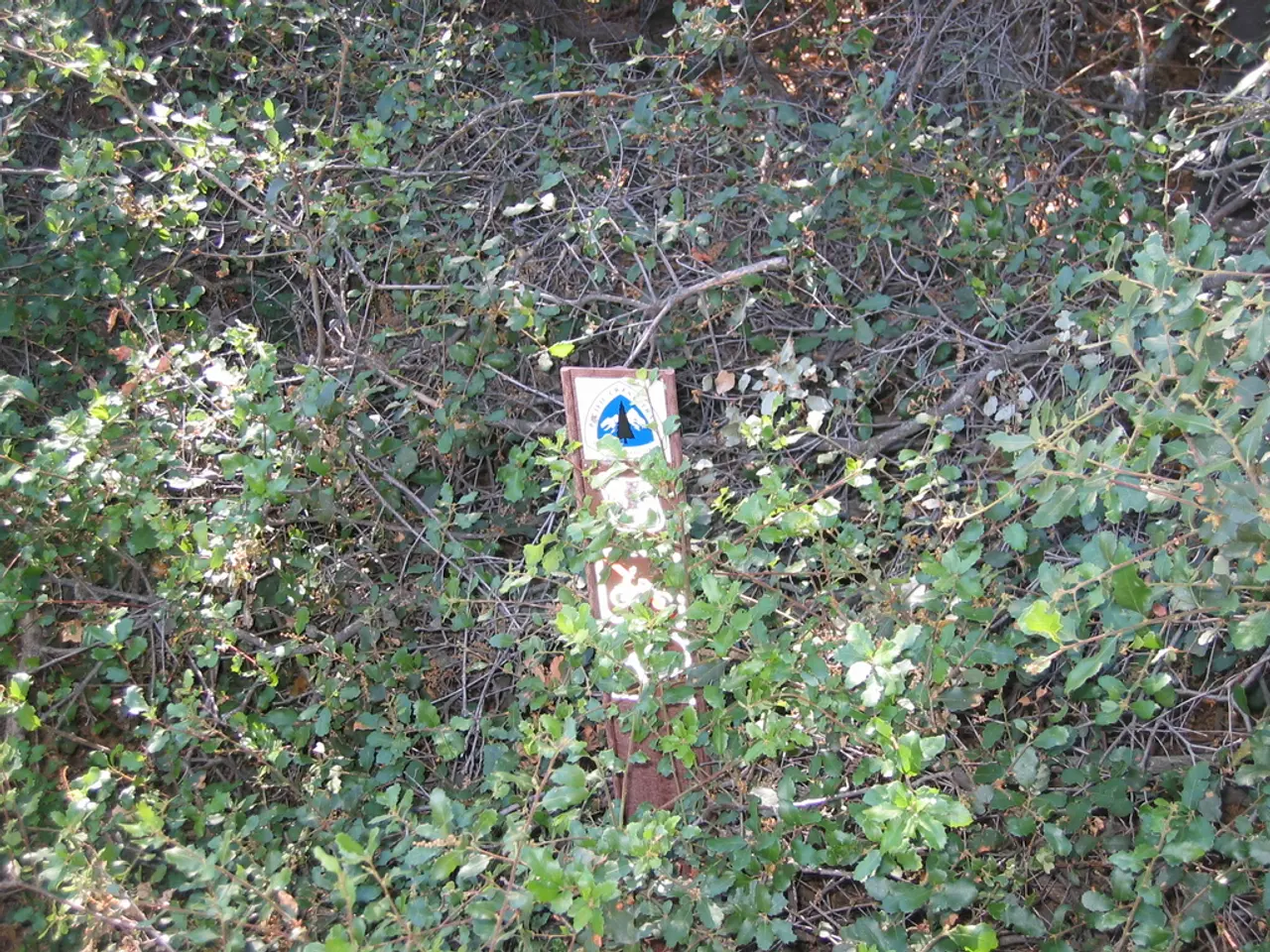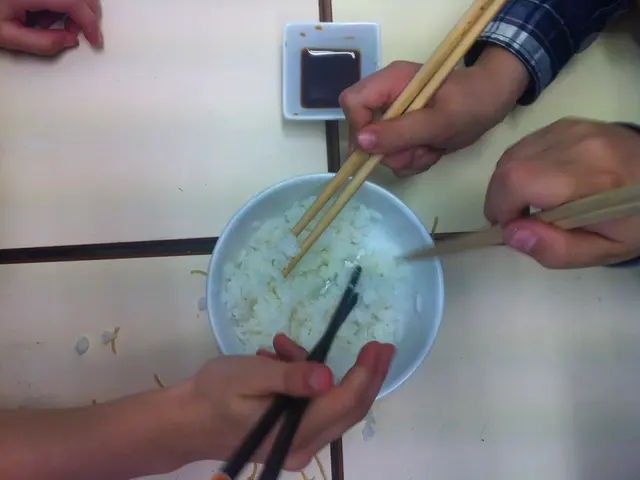Comprehensive Guide on Utilizing Mopani Wood for Landscaping Projects (Applications and Preparation)
In the world of terrariums and aquariums, Mopani Wood stands out as an exceptional choice for creating unique and durable habitats. Its key properties - density, resistance to rot, and natural sinking ability - make it an ideal choice for both aquatic and terrestrial environments.
To make the most of Mopani Wood, follow these practical steps and tips:
Preparation
Before using Mopani Wood, clean it thoroughly. Rinse it under running water to remove dirt, and some users opt to soak it for several days, changing the water frequently to reduce tannins that can discolor water in aquariums. For a more thorough clean, boiling in hot water is the preferred method.
Aquarium Use
Mopani Wood's natural sinking ability means it can be placed directly into the tank without the need for weighting down. Arrange it to create natural-looking hiding spots, caves, and climbing structures for fish and aquatic life, enhancing the tank’s visual appeal and providing shelter.
Terrarium Use
In terrariums, Mopani Wood adds a naturalistic element, providing climbing surfaces and shelter for reptiles and amphibians. Its durability and rot resistance ensure it holds up well in humid environments like closed or semi-closed terrariums.
Design Tips
Combine Mopani Wood with plants, mosses, or bark like cork for a dynamic aesthetic and microhabitats. Its contrasting colours and textures enhance the overall landscape realism, whether underwater or on land.
Maintenance
Over time, Mopani Wood may leach slight tannins; regular water changes or activated carbon can manage this in aquariums. In terrariums, periodically check for mold or decay, although Mopani’s natural resilience minimizes this concern.
Using Mopani Wood allows hobbyists to create unique, durable, and visually appealing landscapes that support the needs of aquatic and terrestrial species alike. Whether you're setting up a new terrarium or aquarium or looking to enhance an existing one, Mopani Wood is a versatile and valuable addition.
If you're looking to purchase Mopani Wood, popular brands like Zoo Med and Fluval offer a good range of options on Amazon. Etsy also has a range of Mopani driftwood available for purchase. Keep in mind that due to its specific native regions in Africa, Mopani Wood can be one of the more expensive varieties of driftwood on the market.
Mopani Wood's twisting nature provides numerous nooks and crevices for the strategic placement of epiphytes, making it a suitable choice for a centerpiece rather than a delicate accent piece in a terrarium or aquarium. Miniature ferns like Bolbitis heteroclita "difformis", Cryptocoryne, and Bucephalandra are suitable for high-humidity environments in Mopani wood terrariums.
Some semi-aquatic species are very versatile and can be glued in, bound with wire, or carefully maneuvered into a tight spot in Mopani Wood. Preparation in a terrarium/vivarium is as simple as giving it a good clean before adding it to any tank.
In an aquarium, the usual concern for Mopani Wood preparation is "sinking" it, but the natural weight of Mopani Wood means this is rarely necessary. Mopani Wood's heavy and dense material makes it a suitable choice for a centerpiece rather than a delicate accent piece in a terrarium or aquarium.
- For those interested in expanding their lifestyle beyond terrariums and aquariums, consider the realms of fashion-and-beauty, food-and-drink, home-and-garden, travel, and education-and-self-development.
- If you're drawn to exploring foreign cultures through travel, consider Mopani Wood as a memento; its unique properties and intricate twists make it a striking conversation starter at home.
- For those seeking knowledge growth, delve into education-and-self-development; Mopani Wood's notable Kinabija region in Africa can be a captivating topic in studies of botany and geography.




